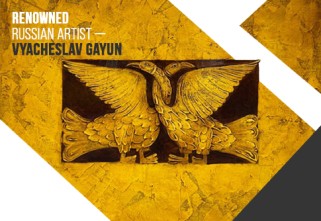The Discovery That Shook Art Historians
The painting, depicting Saint Francis in Ecstasy, was found hidden behind a false wall, wrapped in linen, and astonishingly well preserved. Experts estimate it dates back to around 1620–1625 — the peak of Ribera’s Naples period.
The find has already attracted the attention of the Museo del Prado, which confirmed that “the composition and brushwork show undeniable similarities with Ribera’s early masterpieces.”
Why This Matters
Ribera was known as “Lo Spagnoletto” (“the Little Spaniard”) — one of the greatest interpreters of Caravaggio’s chiaroscuro style.
His dramatic contrasts of light and darkness, and the emotional realism of his saints, changed the course of European art.
To find an original Ribera today is like discovering a new chapter in art history.
Art historians suggest that this work may have been hidden during the Spanish Civil War to protect it from looting — and then simply forgotten for almost a century.
What Happens Next
If confirmed as authentic, it could be valued at over €10 million, and will likely be included in a major 2026 exhibition titled “Shadows and Saints: Caravaggism in Spain.”
Meanwhile, the Madrid apartment’s owner — who bought the place last year — admitted:
“I only wanted to renovate the kitchen. I didn’t expect to find a saint behind the wall!”
Why This Discovery Resonates Today
It reminds us that history is still alive — sometimes just one wall away.
What ArtExpoWorld Thinks
we’re constantly building new layers — of code, pixels, and data —
but the real masterpieces, the ones that move us, are still hiding in the dark corners of our past.
Whether it’s Ribera or a random copyist, this find proves one thing:
art always finds its way back to the light.
Our platform goes beyond simply covering art world events—we create a living ecosystem for dialogue between artists, curators, collectors, and art enthusiasts ART EXPO WORLD https://artexpoworld.com/




